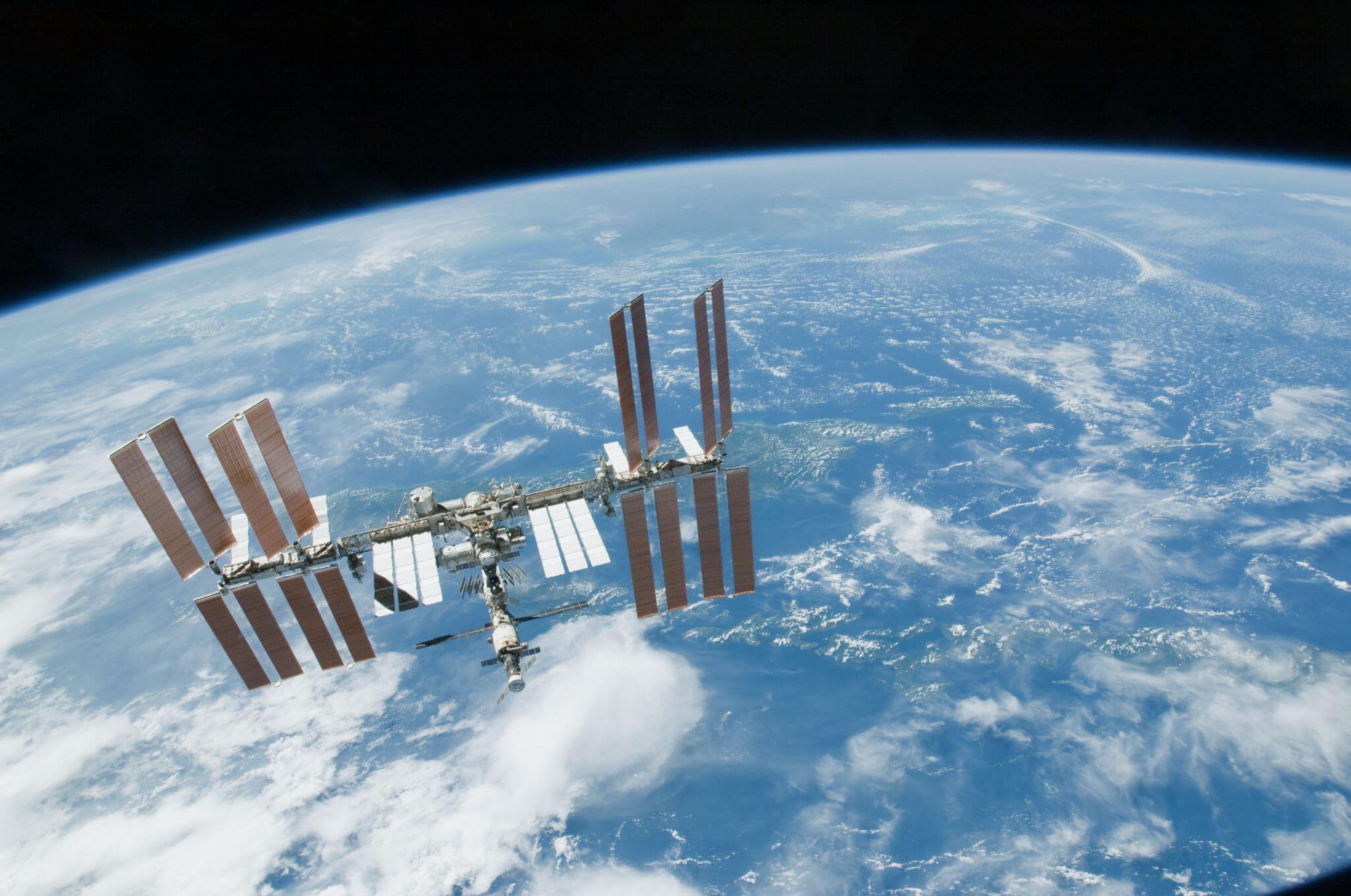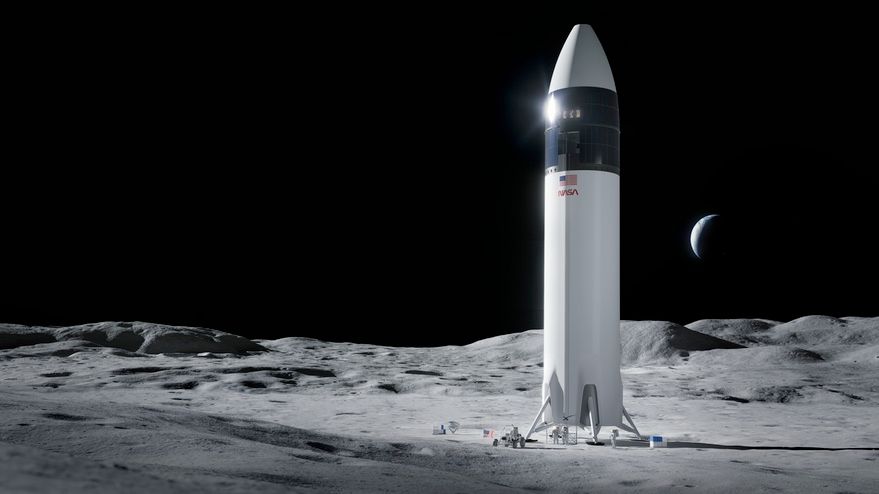NASA has selected an Atlas V launch vehicle operated by United Launch Services LLC to launch the Solar Orbiter Collaboration mission to study the sun in July 2017. The Solar Orbiter will launch on an Atlas V 411 rocket from Space Launch Complex 41 at Cape Canaveral Air Force Station, Florida. The total cost for NASA to launch the Solar Orbiter is approximately $172.7 million, which includes the launch service, spacecraft processing, payload integration, tracking, data and telemetry and other launch support requirements. Editor’s Note: The announcement is effectively a re-announcement of the original launch order made in October 2011.
The Solar Orbiter, now renamed Solar Orbiter Collaboration due to its collaborative nature between the European Space Agency and NASA, is planned to study the sun and its outer atmosphere. The spacecraft will observe the sun’s atmosphere with high spatial resolution lenses and combine these observations with measurements taken in the environment surrounding the orbiter. It also will provide images and data covering the sun’s polar regions.
NASA’s Launch Services Program at the agency’s Kennedy Space Center in Florida is responsible for management and oversight of the Atlas V launch services. NASA’s Goddard Space Flight Center in Greenbelt, Md., manages the program for the Heliophysics Division of the agency’s Science Mission Directorate at NASA Headquarters in Washington. United Launch Services operates as a subsidiary of United Launch Alliance.






